This year is probably one of the worst for damage to the seagrass meadow at South Beach, Studland Bay in Dorset. We have noticed that the size of the mooring chain damage has increased this year with some of the holes measuring some 30 metres across. The mooring chains and blocks that hold the moorings are more exposed than every before and creating desert like conditions where very little lives.
The following pictures (copyright The Seahorse Trust) were taken on Saturday the 31st of July 2010 on site at Studland.
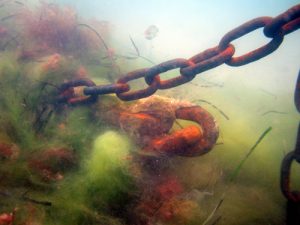
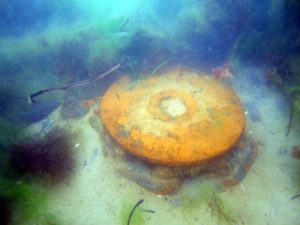
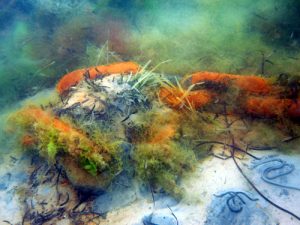
The pictures above show just a few of the mooring chains that are causing extensive danage on the site; these are attached to some of the moorings on the site. The pictue of the round lump of metal is the mooring block one of these moorings is attached to.
These pictures above show the reason why environmentally friendly moorings should be put in on the site to allow boat use without damaging the environment.. This needs to be a case of urgency before the seagrass is damaged beyond repair.
There is another equally serious problem that is occuring at Studland this year and that is the dying off of large areas of the seagrass as can be seen by the pictures below.
The following picture show the seagrass is turning white and dying in large patches.
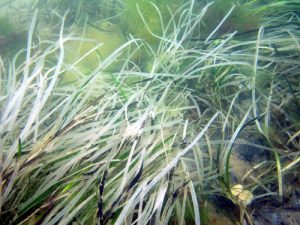
The picture below shows how an anchor has cut through the seagrass which will be undermined by the current and tides causing long term damage to the seagrass meadow.
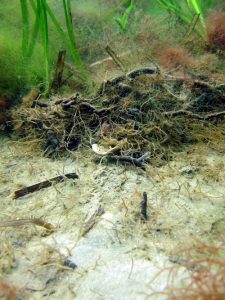
The third and equally damaging process on the site is the anchors that are digging up the seagrass at an alarming rate. If you can imagine having a prisitine lawn and you have 300 plus people digging holes in it, the lawn will soon be destrpyed; this is what is happening at Studland with the anchors but there is an answer to the mooring and anchor problems and that is to put in enviornmentally friendly moorings and ask boat users to use these and not drop anchors or use the exisiting damaging moorings.
Please lobby Natural England and Crown estates to put in these moorings so that we can preserve this site and the seahorses for the future.

 Steve holding a Seahorse prior to its profile picture being taken.
Steve holding a Seahorse prior to its profile picture being taken.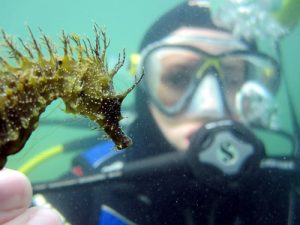
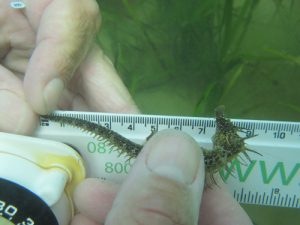
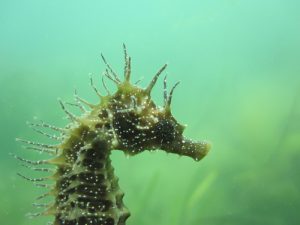
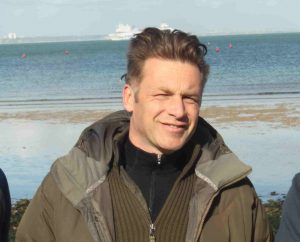
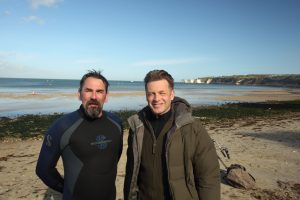
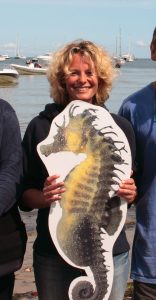
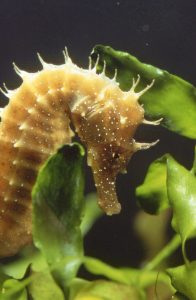


Recent Comments